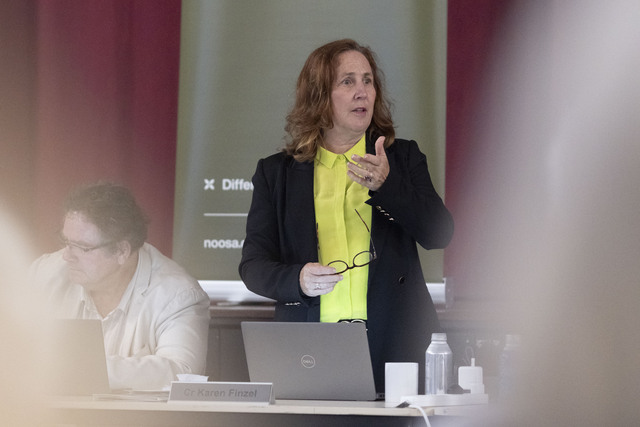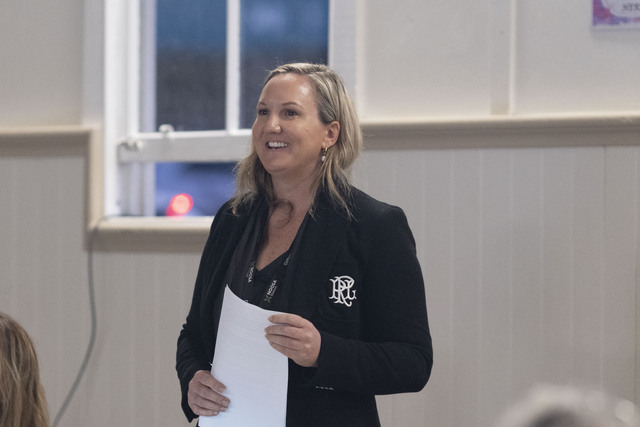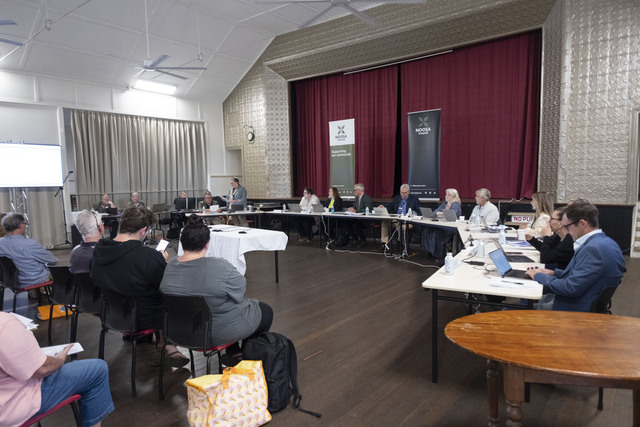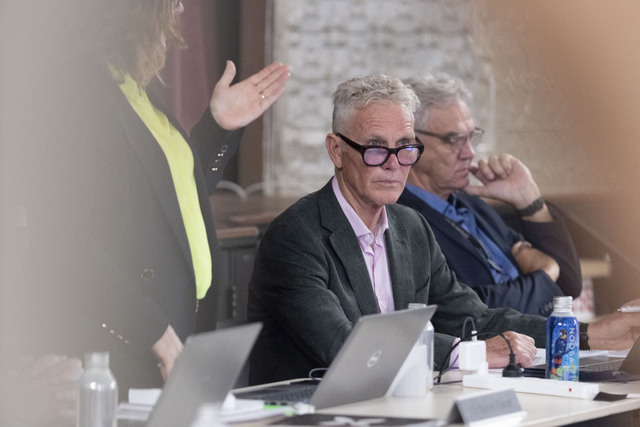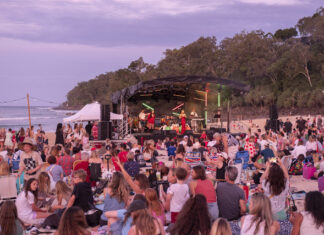A development application for a five-star hotel at Noosa Springs was approved at Noosa Council’s ordinary meeting, held last week at Cooroy Memorial Hall, four years after an application was first submitted by resort owner GH Australia.
Over the years concerns raised about the development included the sites split zoning, the potential odour impacts of the nearby sewage treatment plant, bushfire risk, the impact on biodiversity, car parking, the use of recreational facilities and built form.
Deputations were put to council for the development from the applicant GH Australia and opposed to it by Noosa Springs residents and sewage treatment plant operator Unitywater which advised they were opposed to the proposed development based on insufficient separation being provided to the existing sewage treatment plant.
The approved application included several changes from the original including the reduction in the size of the hotel from 106 to 69 beds with the removal of a pavilion located closest to the sewage treatment plant, a reduction in the size of its swimming pools, an increase the size of its amenities building for wellness facilities and an increase in a tennis court to pro-tour size.
Cr Brian Stockwell was pleased that the removal of a pavilion would result in the retention in an area of bushland that included 38 trees, some mature eucalypts and a few Cyprus pines. He said the Cyprus pines which used to grow abundantly on Noosa hills but of which few were left in region, were significant in naming the area by First Nations People, place of shadows.
Councillors continued to raise concerns about the application at council’s general meeting last week with the most notable being the risk that the hotel’s close location to the sewage treatment plant would result in odour complaints that would lead to an enforcement on Unitywater of a plant upgrade at a possible cost of millions of dollars with Noosa residents possibly having to foot the bill.
At council’s ordinary meeting Cr Jess Phillips initiated a new condition, aimed at a solution, requiring the resort owner to install a real time odour monitoring system which continuously monitors odour on the resort site, providing alerts if odours reach a trigger level, to which resort staff must take action and advise persons in outdoor areas to relocate indoors.
The condition also requires the resort to have an on-site weather station to identify the potential odour source location.
Cr Phillips said the initiative would put in place clear expectations and additional responsibility on the resort owner on odour management.
Council staff said it was a reasonable condition that related to concerns raised and provided a solution.
In reflection on the hotel application Cr Karen Finzel said it had been “a very challenging and long protracted application before council”.
“This is not just about hotel application,” she said. “It’s a way of life and balance between people and nature, growth and protection, opportunity and responsibility.
“Let’s demand a development that meets the highest standards of environmental care, transparency and community benefit. That’s reflected in the work all councillors have done. Right to the last minute people have worked hard to deliver the decision.”
Mayor Frank Wilkie said the hotel was another example of what could be achieved when applicants took the time to work with council to deliver quality development.
“This application presented rare complexities involved with assessing a proposal on a split-zoned lot with non-mapped open space recreation and tourism accommodation uses plus potential impacts from the nearby waste water treatment plant, which had to be worked through,” he said.
“There also were concerns to be resolved about fire safety and the resort’s initial scale, which extended into the biodiversity waterways and wetlands overlay area.”
“By taking concerns on board, the applicant has been able to deliver a hotel that has minimised impacts and returned ecological benefits, including the planting of 120 koala habitat trees, glossy black-cockatoo feed trees, plus landscaping and site rehabilitation with suitable native trees.”
Council staff recommended councillors approve the development application subject to conditions outlined in its report.
The new resort is expected to employ 100 staff once open and contribute approximately $8.86 million in post-construction gross regional product (GRP) annually, as well as help to provide appropriately-sited quality accommodation for visitors ahead of the 2032 Olympic Games.
The application was approved at the ordinary meeting with a 4:3 majority vote.

